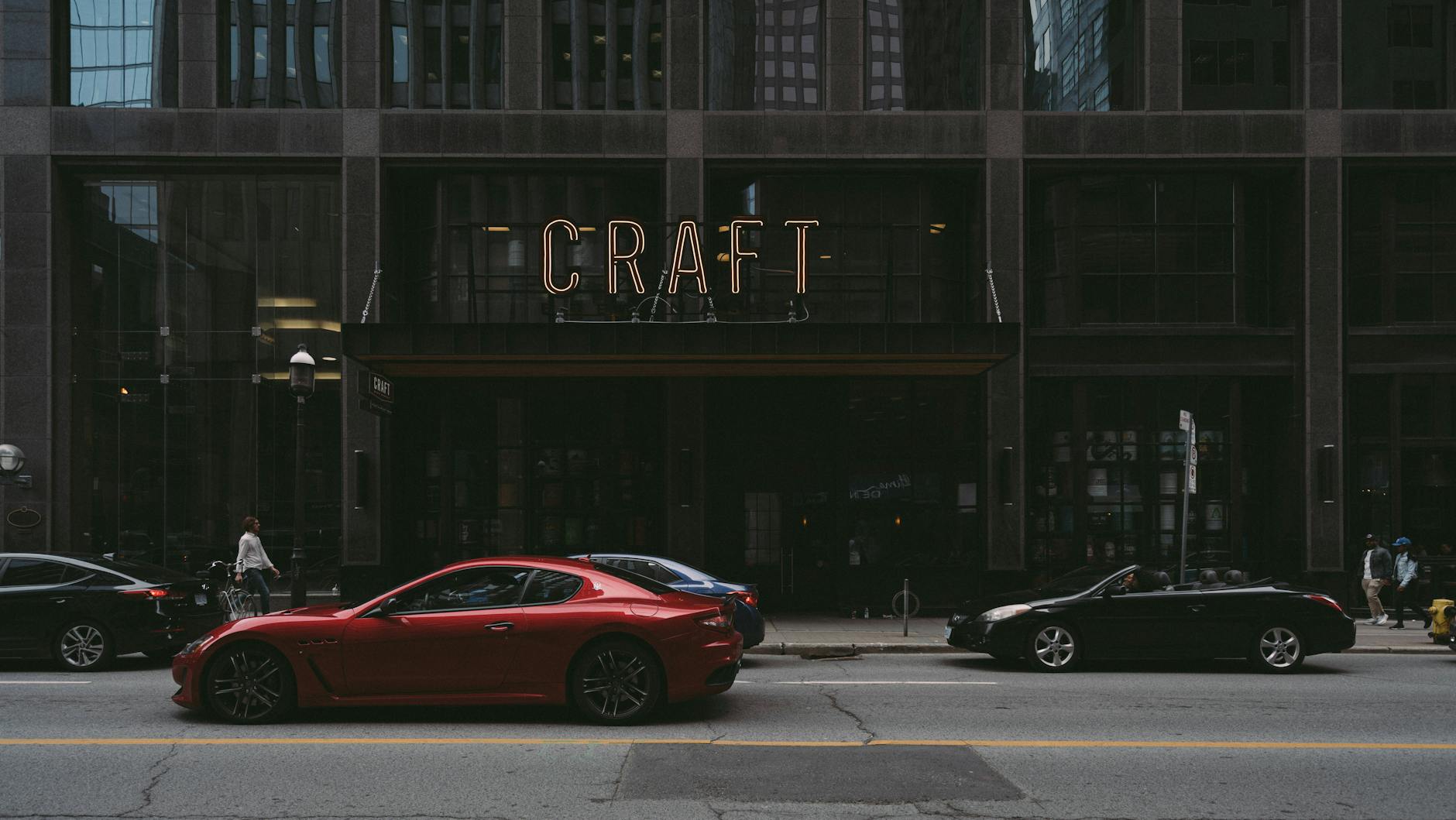Why Australia is a Hotspot for Innovative AV Tech in Event Planning

Australia’s AV Tech Landscape
Exploring the landscape of AV technology in Australia is like a trip through the stunning Botanic Gardens in the city centre—rich, diverse, and full of hidden gems. As an event planner who works magic behind the scenes, it's essential to blend cutting-edge innovations with the timeless essence of gatherings. One memorable event at the Queensland Performing Arts Centre taught me the importance of impeccable audio clarity. Here, loudspeakers are not merely devices but the heart of communication, ensuring every word reaches the audience, no matter the venue's size.
To craft a memorable experience, consider outfitting your spaces with acoustic panels. It’s like applying the perfect foundation in makeup artistry; these panels absorb excess sound and prevent that dreaded audio echo. I'm often reminded of the excitement that courses through Fortitude Valley after a successful event—every note ringing clear in attendees' ears as they recount the experience.
For those who are focused on home entertainment, understanding how professional techniques translate into different settings is invaluable. When you merge the technical with the personal, you empower yourself with the skills to transform any space into an audio-visual masterpiece.
Benefits for Event Planners
As an event planner juggling multiple elements, I find incorporating AV technology like universal remotes and motorised projector screens invaluable. There's something magical about the way these tools amplify attendee engagement. Imagine orchestrating a grand evening at the artistic venues of the Queensland Performing Arts Centre; the visual and auditory elements make the atmosphere come alive for your audience. A universal remote can seamlessly manage an array of devices, allowing effortless transitions between different segments of an event.
Enhancing Attendee Engagement
The key to improving engagement lies in capturing the audience's attention. AV setups can include dynamic lighting and real-time video projections that encourage interaction. For instance, at a recent event in the city, I used carefully placed av cables to connect monitors displaying live social media feeds. Guests were thrilled to see their posts showcased, enhancing the communal feel. This personal touch, common in Fortitude Valley’s vibrant nightlife venues, adds a layer of excitement that keeps attendees invested.
Customization Options
What sets AV tech apart is how customizable it is. Tailoring an experience to meet specific theme requirements—whether for corporate or social gatherings—adds elegance. The flexibility of motorised projector screen allows for a variety of display options, fitting different venues' needs, from intimate spaces to vast halls. This adaptability ensures each event is memorable and visually captivating, meeting Bianca’s goal for excellence in service delivery while minimizing stress through reliable AV solutions.
Implementing AV Tech in Events
Choosing the Right Tools
As an event planner, selecting the right AV tools can make or break an event. I vividly recall a corporate dinner I orchestrated in the vibrant Fortitude Valley, where choosing between different types of data projectors was crucial. Depending on whether you need to project intricate presentations or immersive videos, the type and quality of the projector will vary. Always consider the venue's size and layout before settling on your technology.
Coordinating AV Team
Collaborating with your AV team is like choreographing a performance at the Queensland Performing Arts Centre. Each team member plays a vital role, contributing their expertise to achieve a seamless show. From the person handling ptz cameras to those managing audio inputs, everyone must be in sync. Regular check-ins and briefings help iron out any wrinkles that might arise during the event.
Monitoring Real-Time Performance
Keeping an eye on real-time AV performance can feel like overseeing a complex mosaic. During a bustling charity gala in the Fortitude Valley, I relied on my team to monitor sound levels and video feeds. Quick adjustments, such as re-angling PTZ cameras or tweaking the audio, can be the difference between a glitch-free event and a potential disaster. A clear communication line ensures every tweak happens promptly, empowering us to deliver an unforgettable experience.
Best Practices in AV Tech
Pre-Event Testing
When planning events, ensuring that audio-visual technology works seamlessly is crucial. One thing I've learned over the years is the importance of pre-event testing. Imagine setting up at a bustling venue like Fortitude Valley, where you want everything to flow smoothly. You need to make sure every component, from the recording microphone to the projector screens, is functioning correctly. Conducting extensive tests before the event helps detect any issues, enabling quick adjustments.
Collaboration with Vendors
Working closely with vendors has been a game-changer for me, especially for larger gigs at places like the Queensland Performing Arts Centre. The key is clear communication; spell out your requirements clearly and ensure the vendors understand the vision. This collaboration not only brings expertise to the table but also minimizes the chances of any AV mishaps.
Post-Event Feedback
After an event has wrapped up, it's invaluable to gather feedback to improve future technical executions. Whether it's from the audience or team members, post-event feedback can shine a light on the efficacy of the hearing loop system or other AV equipment used. Keeping these insights in mind equips us to provide even better service next time.
Solutions to AV Challenges
Tackling Technical Glitches
One of the most frequent hurdles we face in live events, much like adjusting winged eyeliner on a breezy day at a wedding in the stunning Botanic Gardens in the city center, is dealing with technical glitches. I've found that keeping a quick-access toolkit, including spare cables and portable chargers, is essential. You wouldn't believe how many times I've had to rescue a floundering presentation with an extra HDMI cable! During a production at the Queensland Performing Arts Centre, having a well-structured rehearsal can differentiate between a flawless execution and a dreaded mid-event blackout. Always ensure backups of presentations, videos, and essential files.
Managing Budget Restrictions
Handling budgets can feel like selecting a palette of eyeshadows: you want all the colours, but you need to prioritise. Striking a balance involves leveraging multi-functional AV systems. For instance, when planning an event in Fortitude Valley’s nightlife scene, opting for adaptable audio-visual equipment can save costs. Brands often provide versatile equipment, enabling seamless transitions from presentations to live performances without breaking the bank.
Adapting to Last-Minute Changes
Just like ensuring the perfect lipstick shade for an unexpected mood change, navigating last-minute event modifications is achievable with a flexible mindset. I've learned that having an adaptable AV team can save the day. At a recent event, when the seating plan changed last minute, the AV team swiftly rearranged the displays and sound systems. Staying calm and having a prearranged contingency plan is crucial. Engage with reliable vendors who understand the dynamic nature of live events, and you'll find the experience smoother and more manageable.


